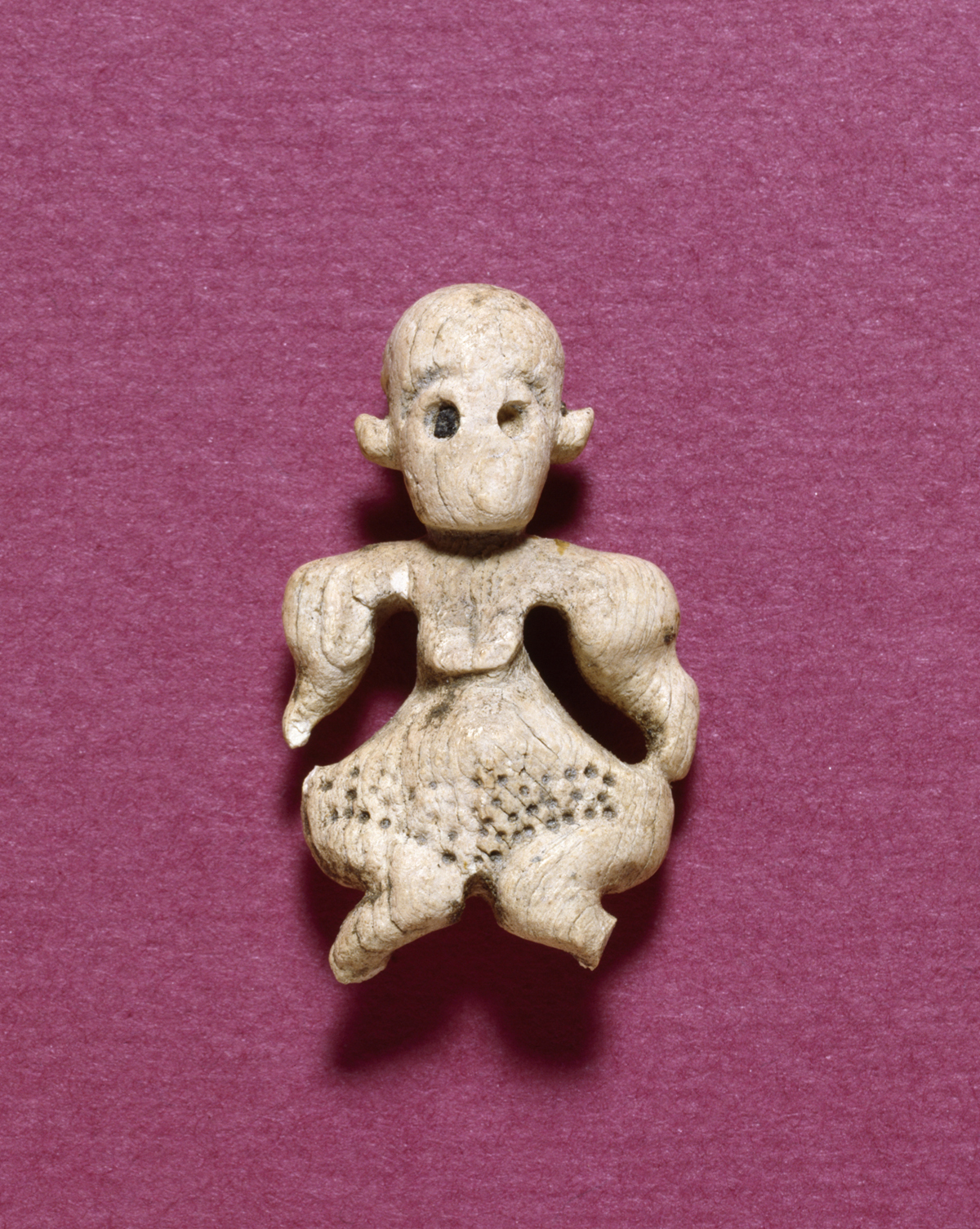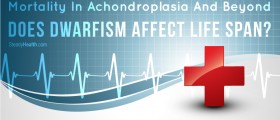
What Is Dwarfism?
Dwarfism is a condition brought on by inheriting defective genes or suffering from debilitating medical conditions, and is characterized by a short stature. Dwarfism is a condition that on average affects up to 1 in every 40,000 live births in North America. In order to be diagnosed with dwarfism an individual has to be shorter than 4 feet 8 inches, while the average height among the affected persons ranges between 2 feet 8 inches and 4 feet 8 inches. Due to such small stature different health complication can arise at any point in life. As far as treatment goes it does not increase the height but it can aid in elevating the negative effects brought on by dwarfism. Aside from experiencing physical health problems, affected persons also face discrimination. Support from family members and local communities increases the possibility of acquiring good education, obtaining a job, and engaging in social interactions.Characteristics of Dwarfism
Aside from the short stature there are numerous symptoms of dwarfism brought on by more than 200 conditions that can lead to the syndrome. Clinicians mostly classify dwarfism as either proportionate or disproportionate. All body parts being proportionately small compared to the torso characterize the proportionate dwarfism. In the disproportionate cases, other body parts could be fairly smaller or larger than the torso. Proportionate dwarfism is not brought on by genetic anomalies but rather by medical conditions developed in early infancy or childhood. Proportionate dwarfism is fairly rare and its symptoms range widely. Different forms of mental retardation and poorly developed bodily systems can result from proportionate dwarfism. One of the common causes of the condition includes anomalies associated with the growth hormone. The signs include the height that is lower than 4 feet 8 inches, slower rate of growth, and disruptions in sexual development. Other signs include visible problems on the head such as low hairline, wide neck, and small jaw. The chest is also fairly broad compared to the rest of the body, while the arms are often deformed. The hands and feet are small and can often be swollen. The proportionate dwarfism may not be evident at birth so if parents have any concerns they should seek medical advise. In addition, the disproportionate dwarfism is more prevalent and is characterized by average sized torso and short limbs or small torso and average sized limbs. Also, the head is often much larger than the rest of the body. Compared to the cases of proportionate dwarfism, individuals with disproportionate condition rarely have any cognitive disabilities. If mental retardation occurs it is often due to a different factor.Causes And Diagnosis Of Dwarfism
In some instances the occurrence of dwarfism is due to genetic anomalies that are either passed down from parents or take place at conception. If the newborn baby does not properly absorb the nutrients necessary for regular growth it is likely that he or she will be affected by dwarfism unless provided with adequate medical care. If the condition is genetically inherited from parents they do not need to have any symptoms themselves in order to pass down the defective genes. Individuals who are not affected by genetic disorders but only possess faulty genes are called carriers. In many instances people with no symptoms are unaware that they hold damaged genetic material so it is advised that couples who are thinking about conceiving visit genetic counselors and go through the screening processes that can determine the likelihood that their child will suffer from a genetic condition. When it comes to diagnosing dwarfism, medical care professionals are able to spot its signs via ultrasound while the woman is still pregnant. Ultrasound can clearly reveal limbs that are shorter than usual and a head that is disproportionately larger. Once the baby is born the doctors will resort to X-Rays to determine whether the bones are growing at a normal pace.Treatment Of Dwarfism
Most individuals affected by the condition do not suffer from cognitive problems but mainly have physical health complications. In fact, these persons are often fairly resourceful, as they have to find ways to be operative in their everyday lives. The treatment for the condition does not exist, and a team of professionals including psychologists, psychiatrists, physical therapists, and primary medical care physicians tackle the health and emotional problems. Providing support for individuals living with dwarfism and their families can come from local associations, community centers, and support groups. Adjusting to the world made for average size individuals is one of the most significant challenges affected persons have to face. They also encounter stereotypes and discrimination fairly often that comes from the lack of information and knowledge about the condition. Every aspect of life is affected, from interacting socially and meeting new people, to living an independent life and being able to work in a rewarding environment.
















Your thoughts on this
Loading...